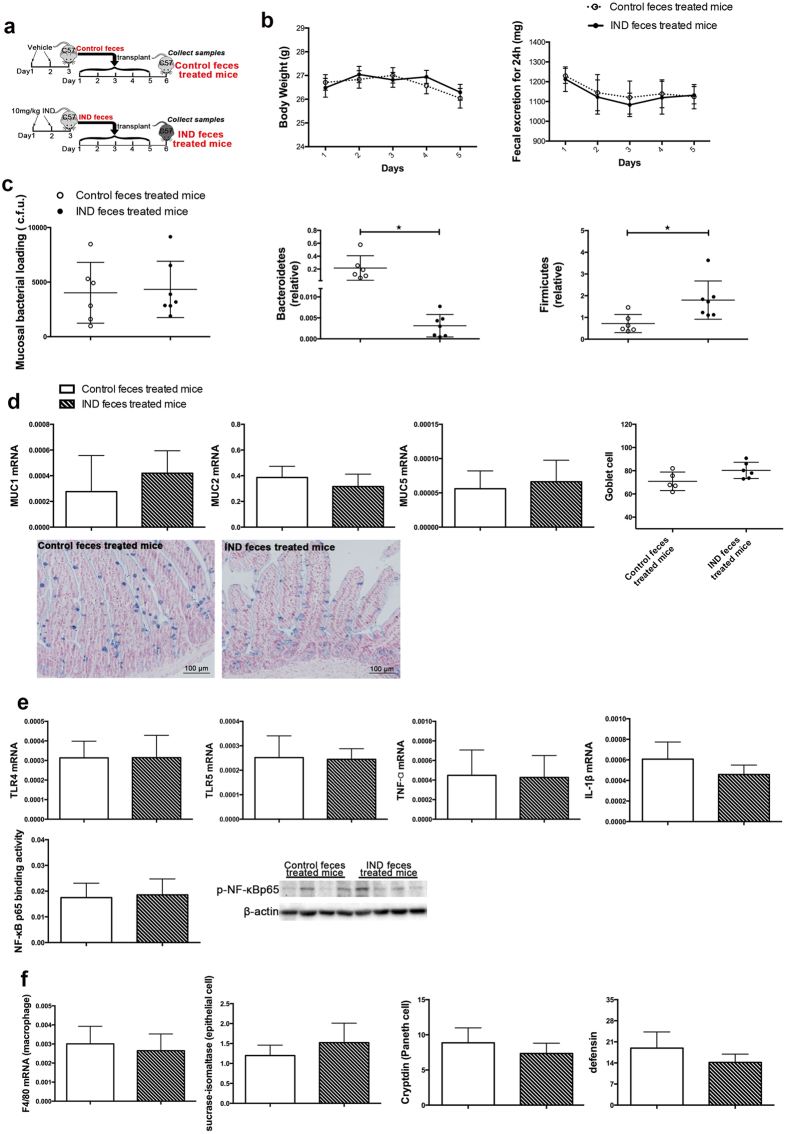Figure 3. Indomethacin induced microbial alteration did not damage the normal small bowel mucosae.
(a) Experimental scheme; IND, indomethacin; (b) Body weight and 24 h faecal weight records are shown as mean and SEM; (c) PCR-based quantification of total bacterial burden and relative levels of Bacteroidetes and Firmicutes 16S rRNA in small bowel mucosae, every dot represents one mouse, C.F.U, colony forming units; (d) The mucus barrier was assessed by mRNA levels of MUC1, MUC2, MUC5, and goblet cells were stained with Alcian blue solution and quantified, every dot represents one mouse, mean and SD are shown; (e) Bacterial receptors as TLR4 and TLR5 and inflammatory cytokines including TNF-α, IL-1β were detected with real-time PCR, NF-κB p65 binding activity and Protein level were checked by ELISA and Western blot with nuclear protein; (f) The immune response factors as macrophage, epithelial cells, Paneth cell, and defensin were detected with differential markers by real-time PCR. n = 3–6 for control faeces treated mice, n = 6–8 for IND faeces treated mice, mean and SD are shown. Student’s t test was used.

